Ivory & Certain Types Of Fur Are Basically Banned From All Markets
For a long time, antique and vintage ivory and furs were in a different category from the new ones. It was generally considered okay and ethical to buy and sell these items if they were classified vintage or antique. I have never had much attraction to buying vintage fur, with the exception of some mink hats and headbands, and a few items with genuine fur collars. The list of banished furs includes fur from all big cats, all primate fur, and all types of bear fur. Sealskin products cannot be exported to the USA, European Union, Mexico, or Taiwan. Canada is one of the few countries that permits the sale of sealskin items.
Ivory has become a taboo product due to the poaching, endangered elephants, and the skill artisans have to make it look antique. Although it is not illegal to own inherited or antique ivory, it can no longer be exported or sold. Some of these laws are fairly recent and expanding to include other countries. The only way to identify the age of the ivory is through carbon dating. Recently an antique dealer in Toronto was fined and charged for having carved elephant tusks for sale. As it turned out, they were able to identify the age of the tusks, which placed them in the seventies when poaching was a real problem.
Over the years, I have picked up some ivory necklaces and bracelets but cannot be sure how old the pieces are. It seems the best thing is to donate them to a museum or educational institute. Different types of ivory can be identified by the pattern of the schreger lines. The location the ivory came from can also be identified because they can determine the diets of the elephants by the tusks.
One of the many sad things about the poaching, is that of all the elephants that die naturally, the ivory cannot be used because of the illegal activity associated with it. It’s too bad the elephants were not protected from poachers in the first place. There should have been a method of making sure all tusks were matched to the death of the elephant. The product made from the tusks of elephants that died naturally should have been hallmarked as such. It would be a good idea to have a method of marking during the creation of the piece, similar to what they did to help people avoid buying blood diamonds. Ivory is very beautiful, especially since it has often been combined with some of the most exquisite carving known to man.
As far as the example set in Kenya where tons of confiscated ivory was burned – on principle, I disagree with the destruction of artifacts. However, the issues surrounding the endangerment of these beautiful and intelligent creatures, the horrors of poaching, and the difficulty in accurately dating the ivory – makes the bans understandable.
There can be some confusion in terminology surrounding vegetable ivory and what is referred to as “French ivory”. Vegetable ivory is from tagua nuts and can be carved, decorated or dyed. French ivory is a type of celluloid or plastic that looks like ivory. French ivory and vegetable ivory have nothing to do with elephants or endangered species.
Now it’s time to see if any of the feathers on the hats are from endangered birds! I do have one hat with a real bird on it. It is a black hat embellished at the front with a small blackbird – dating it prior to the 1909 ban on such practices. The moral of this story is an anthropomorphic oxymoron. From an animal’s perspective – humans do some very strange things!
A few ivory sample pieces from the Quiet West collection:
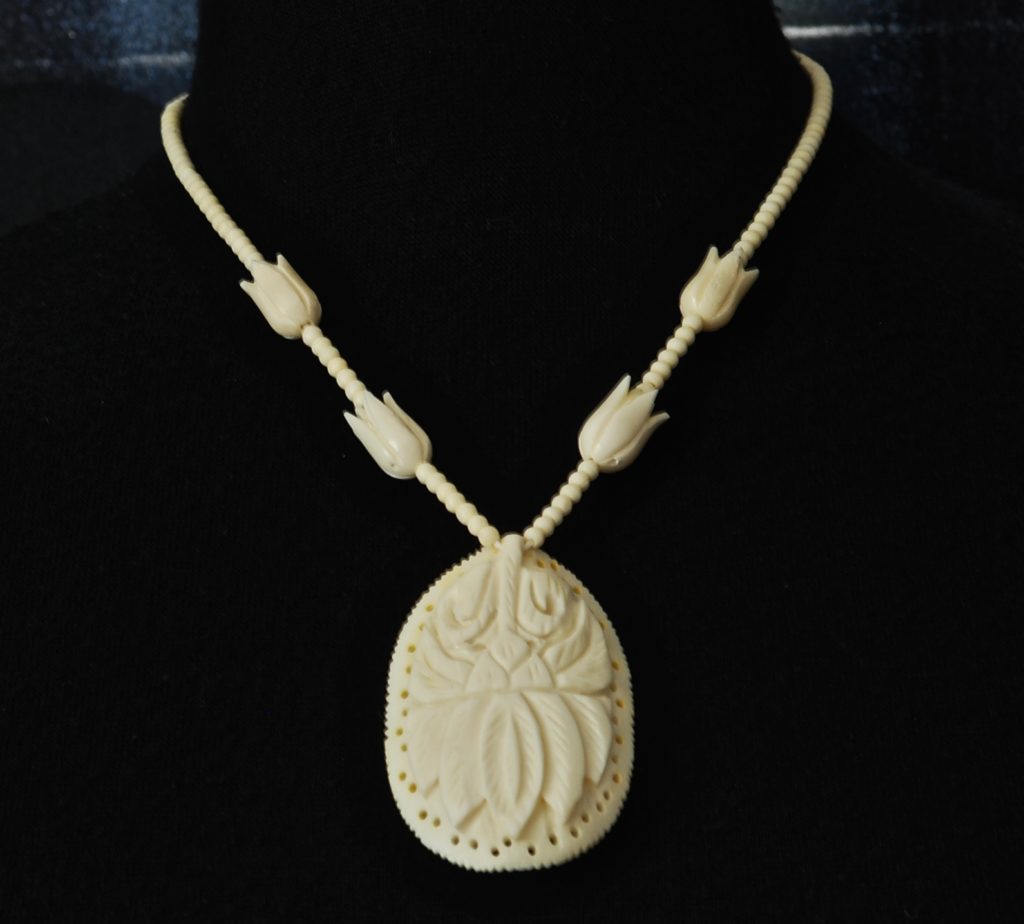
Carved Ivory Necklace Featuring A Large Scarab
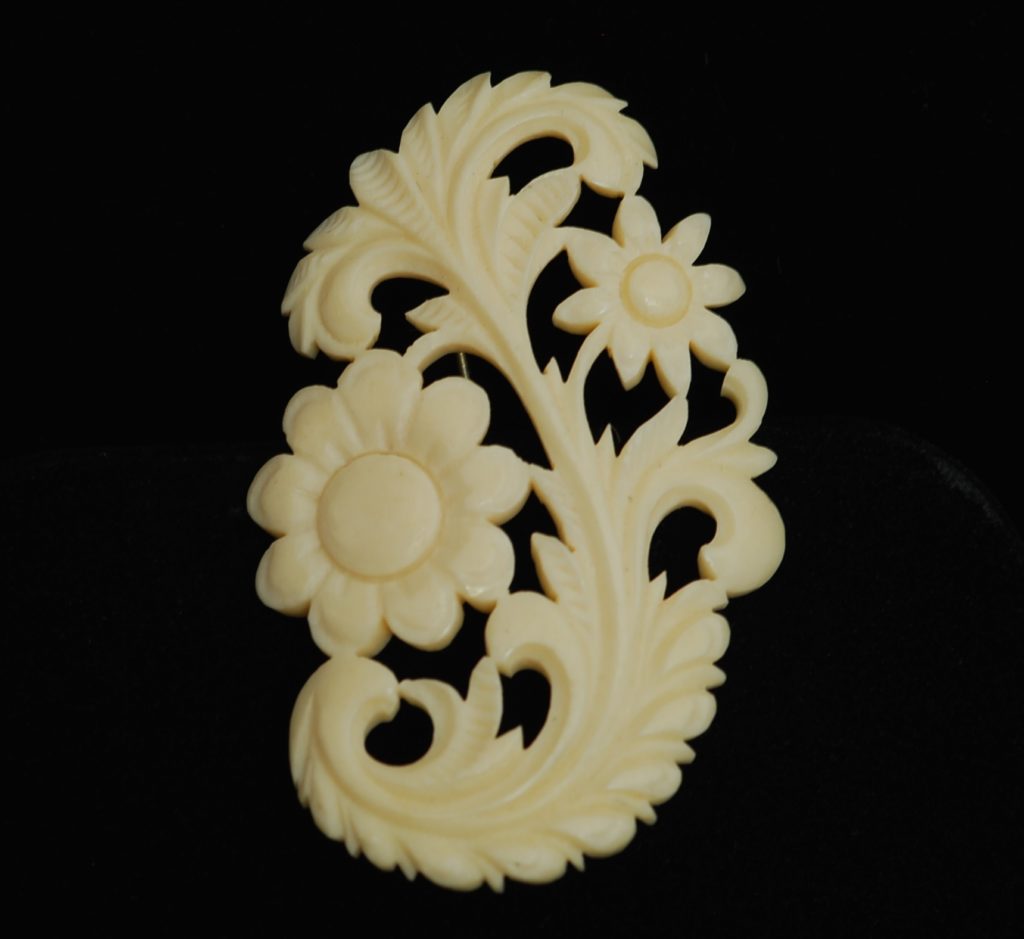
Carved Ivory From Hawaii
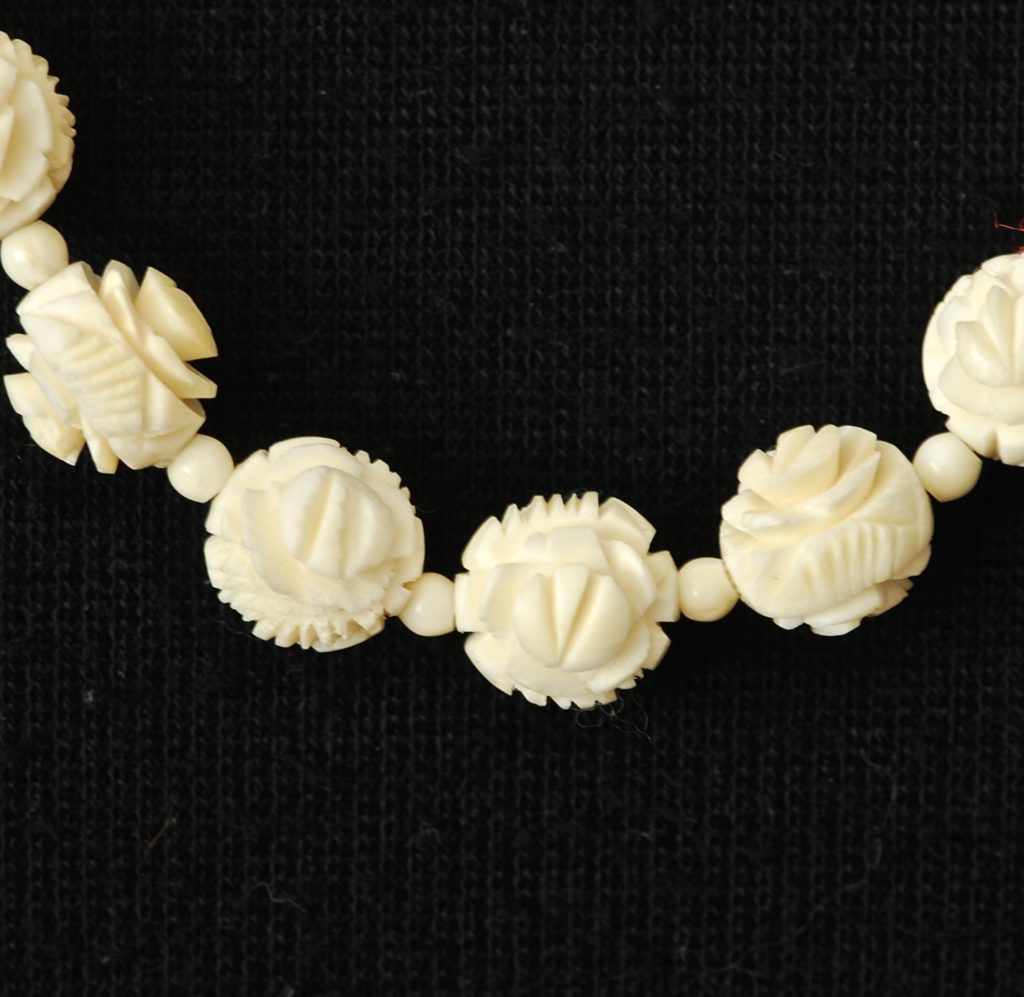
Antique Necklace Featuring Carved ivory Beads
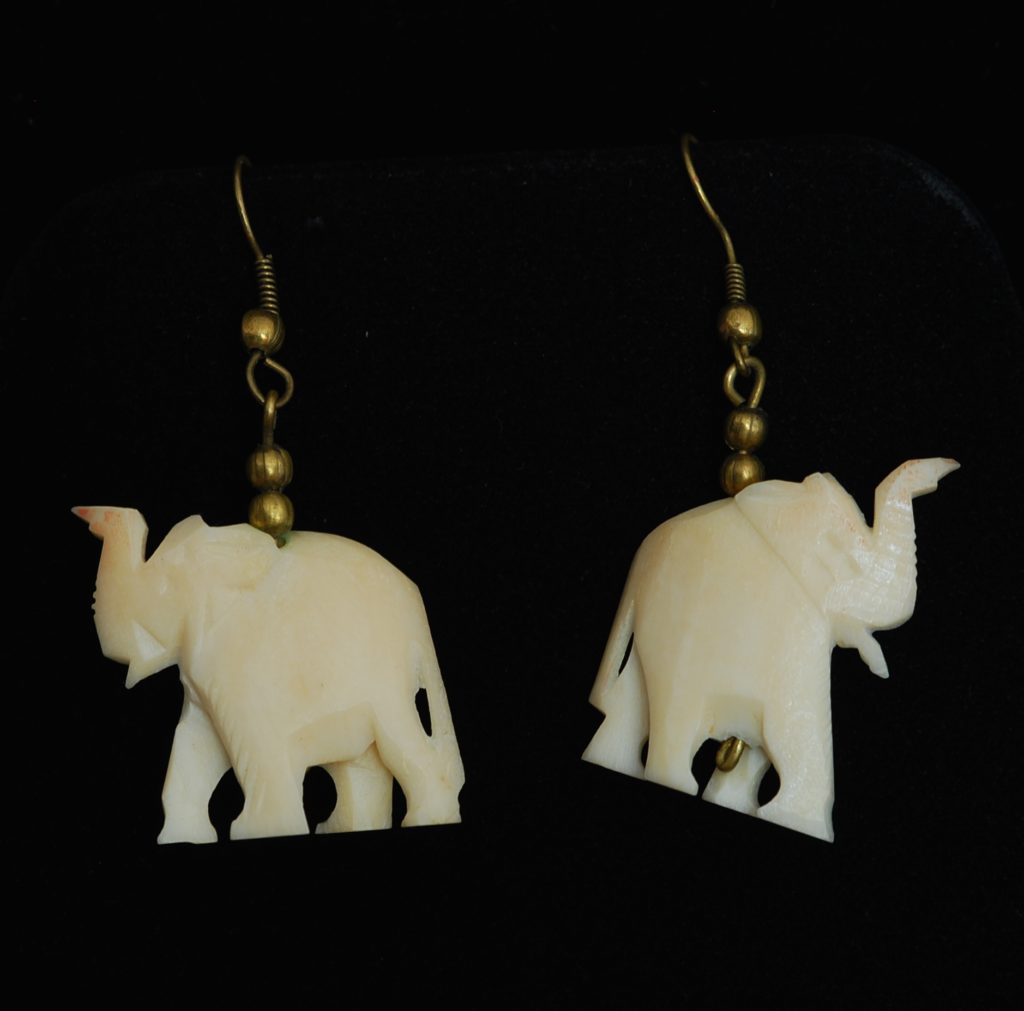
Antique Carved Elephants From Africa 1920’s or 1930’s
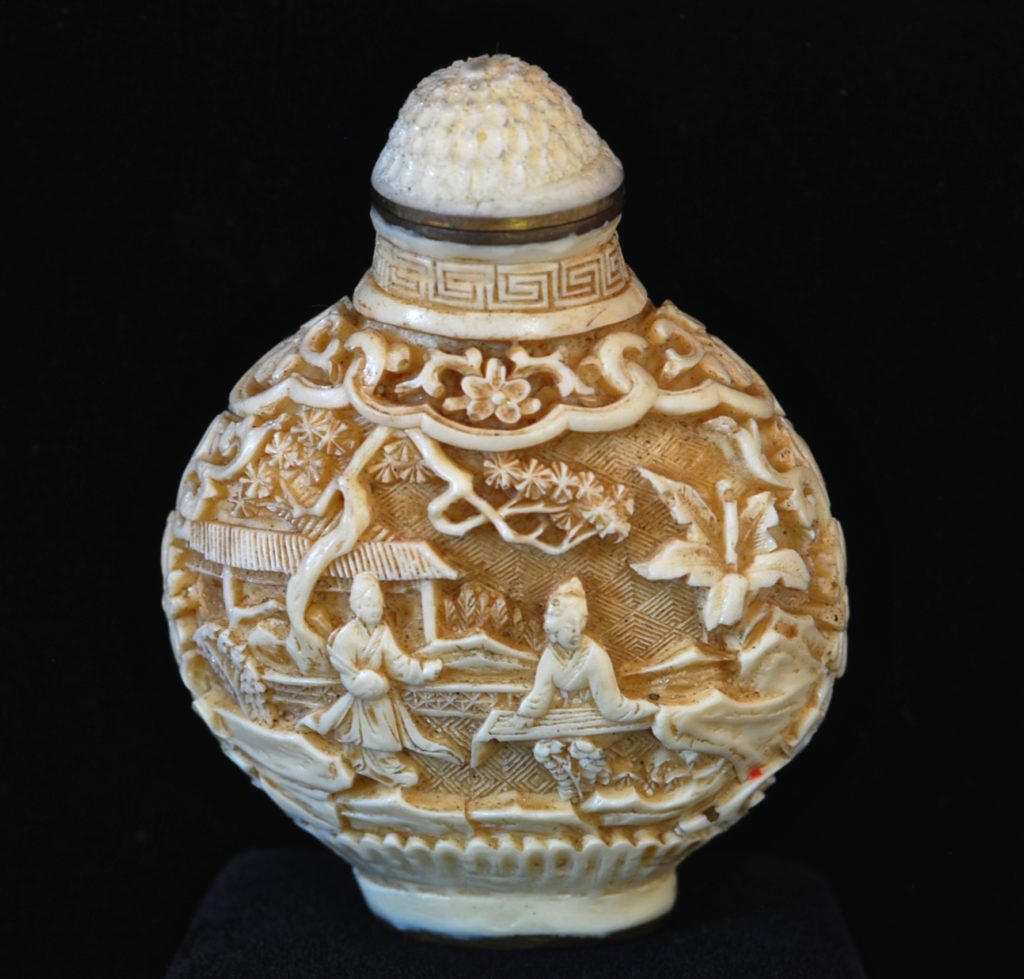
Antique Asian Carved Small Bottle
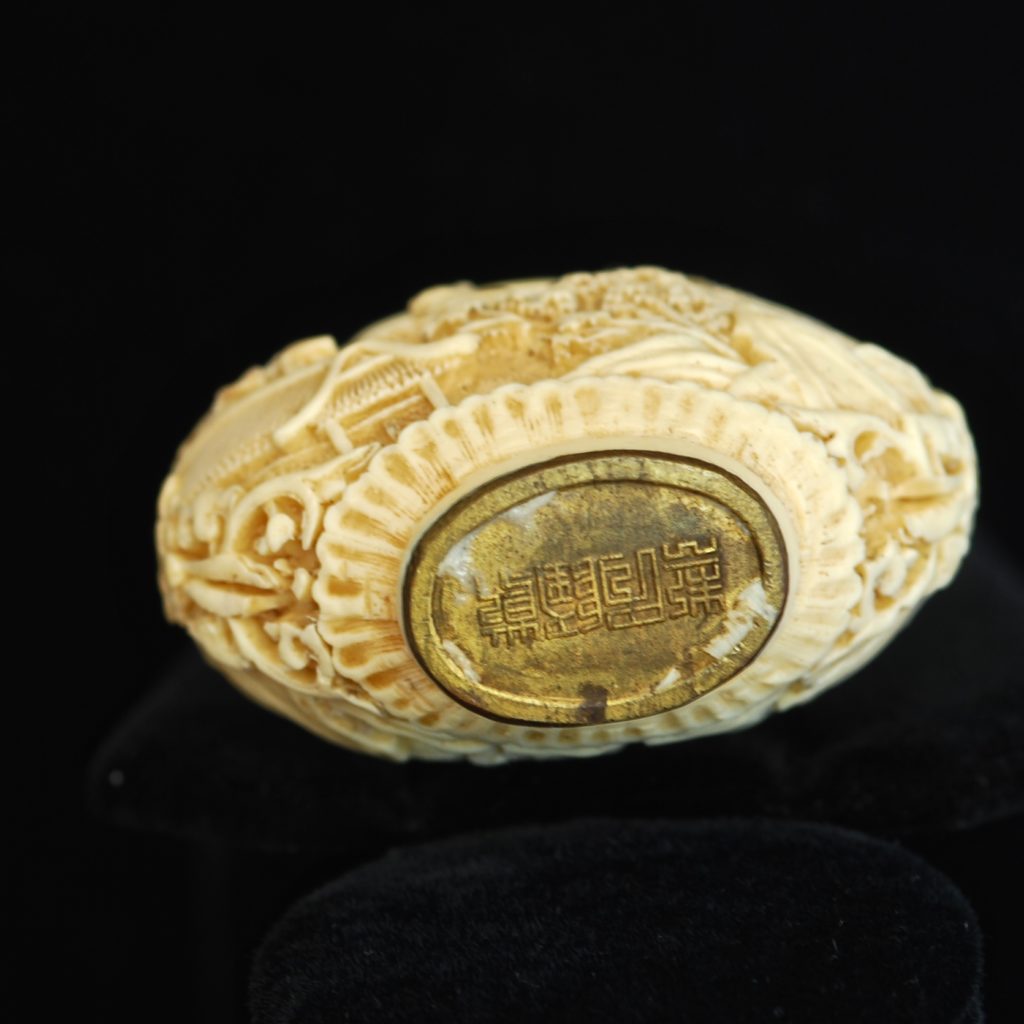
Maker’s Marks
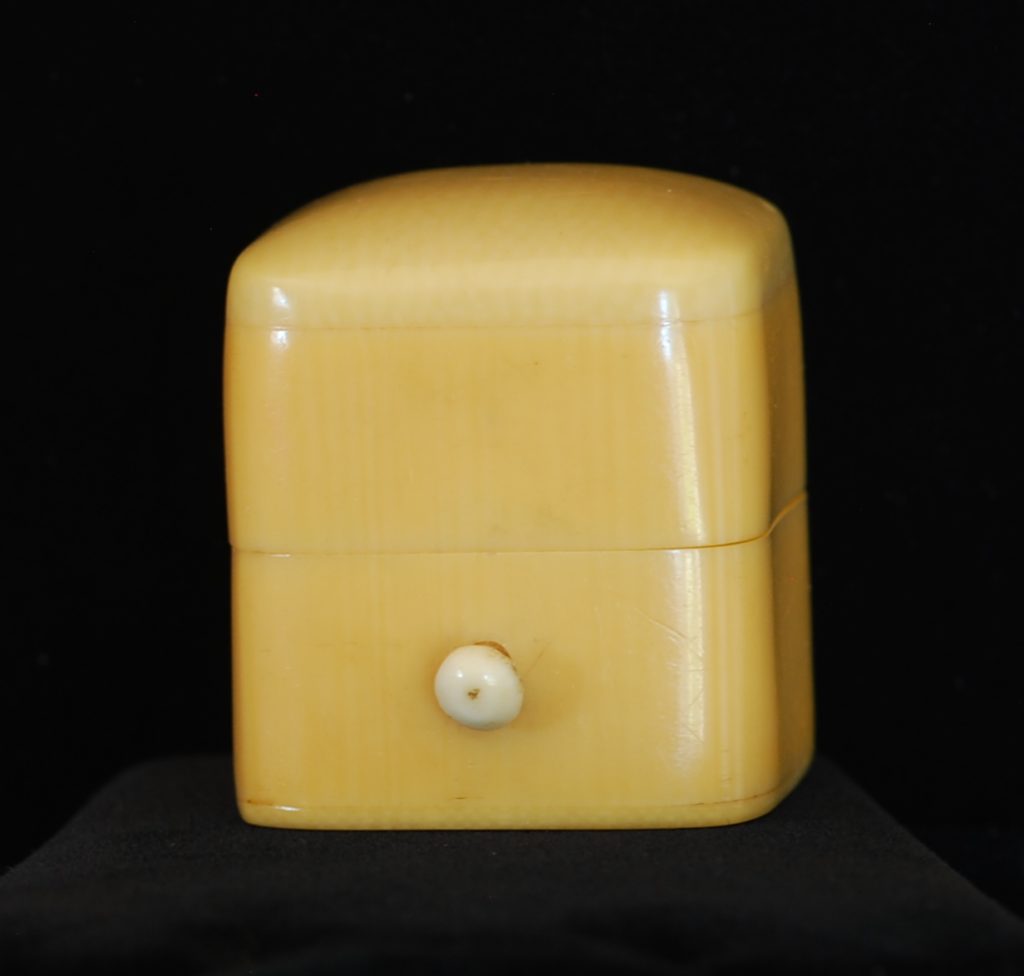
Example Of French Ivory Or Celluloid Antique Ring Box
Copyright Valerie J. Hayes and Quiet West Vintage (2018). Unauthorised use and/or duplication of this material without express and written permission from this blog’s author/owner is strictly prohibited. Excerpts and links may be used, provided that full and clear credit is given to Valerie J. Hayes and Quiet West Vintage with appropriate and specific direction to the original content.
